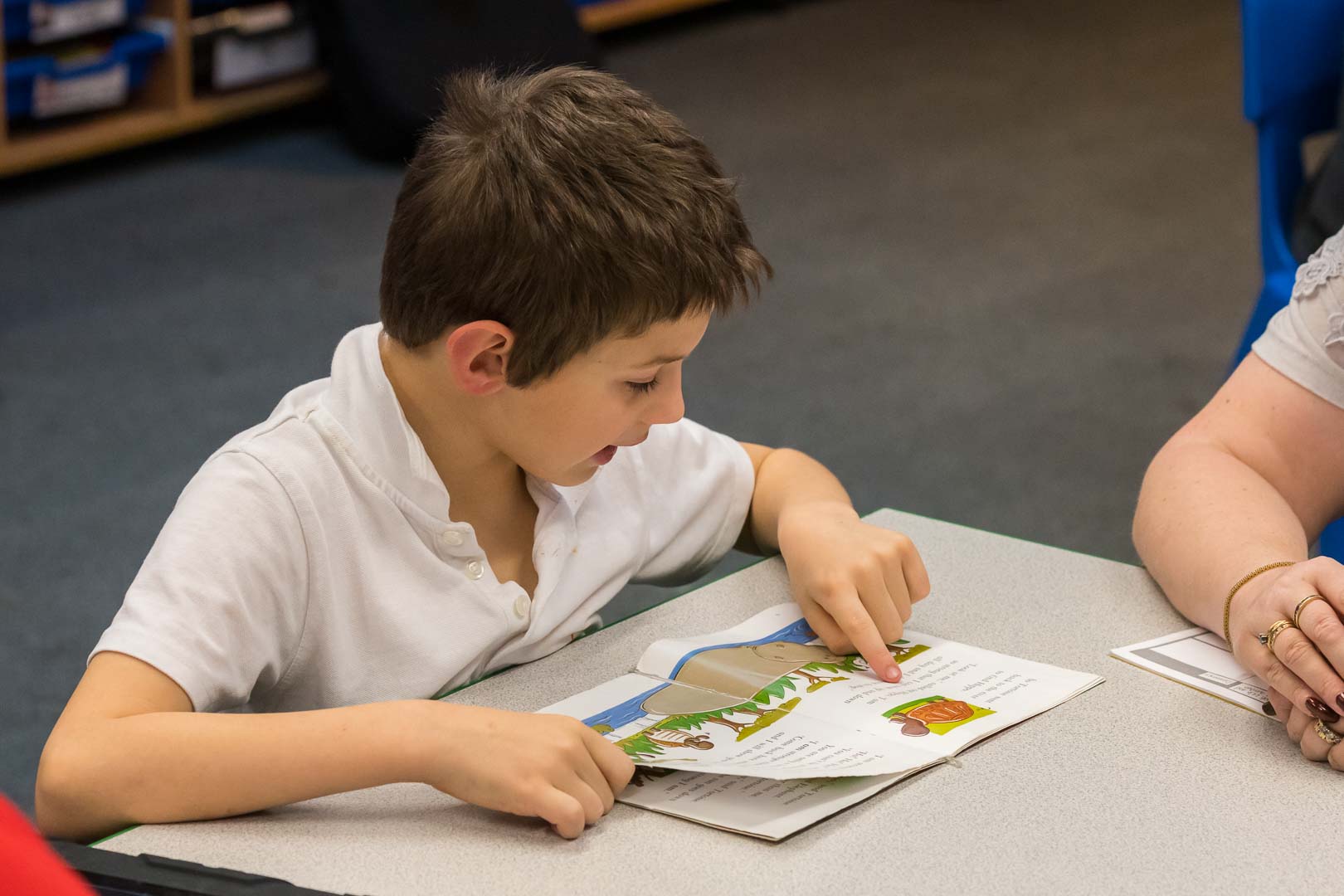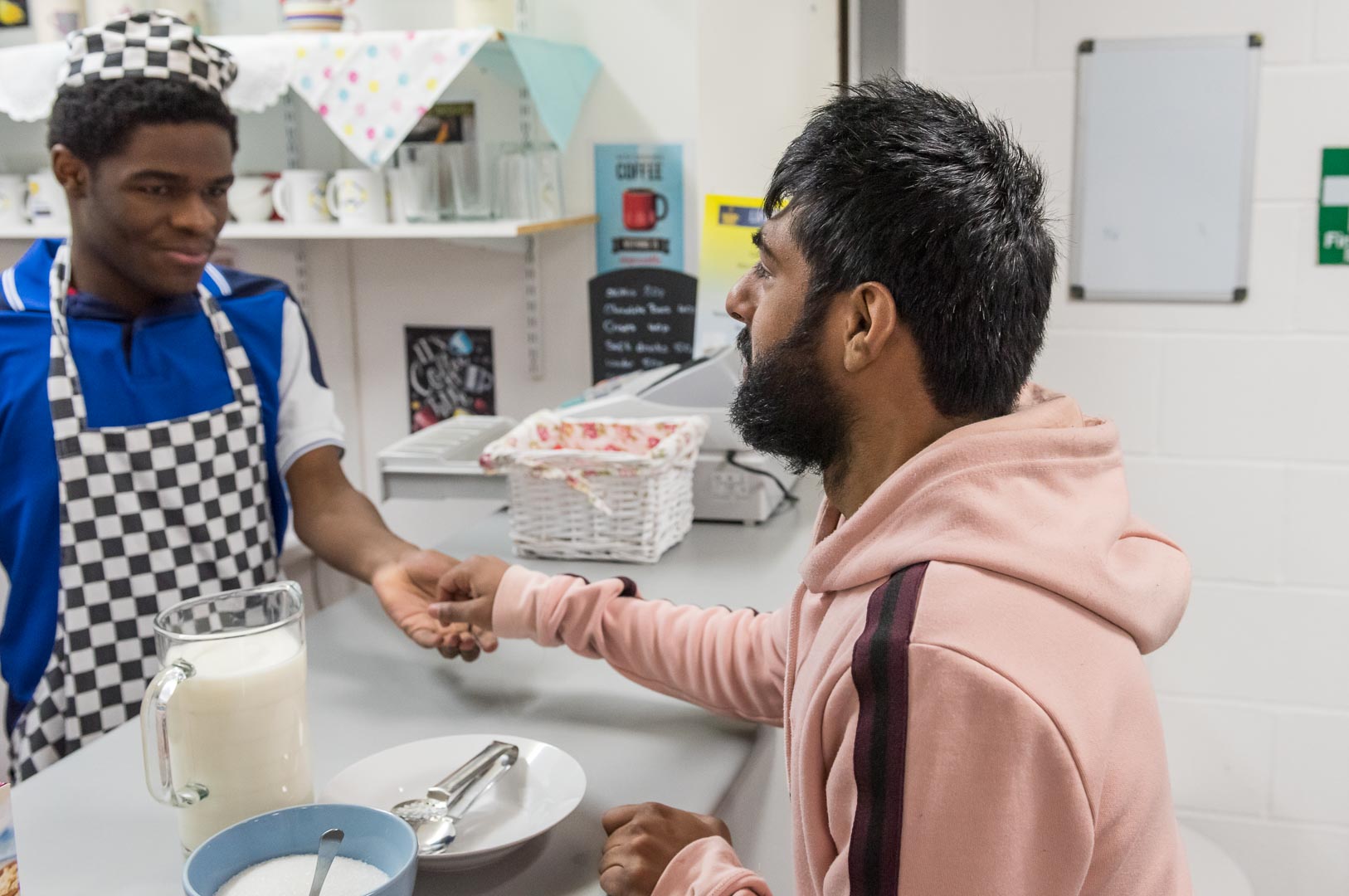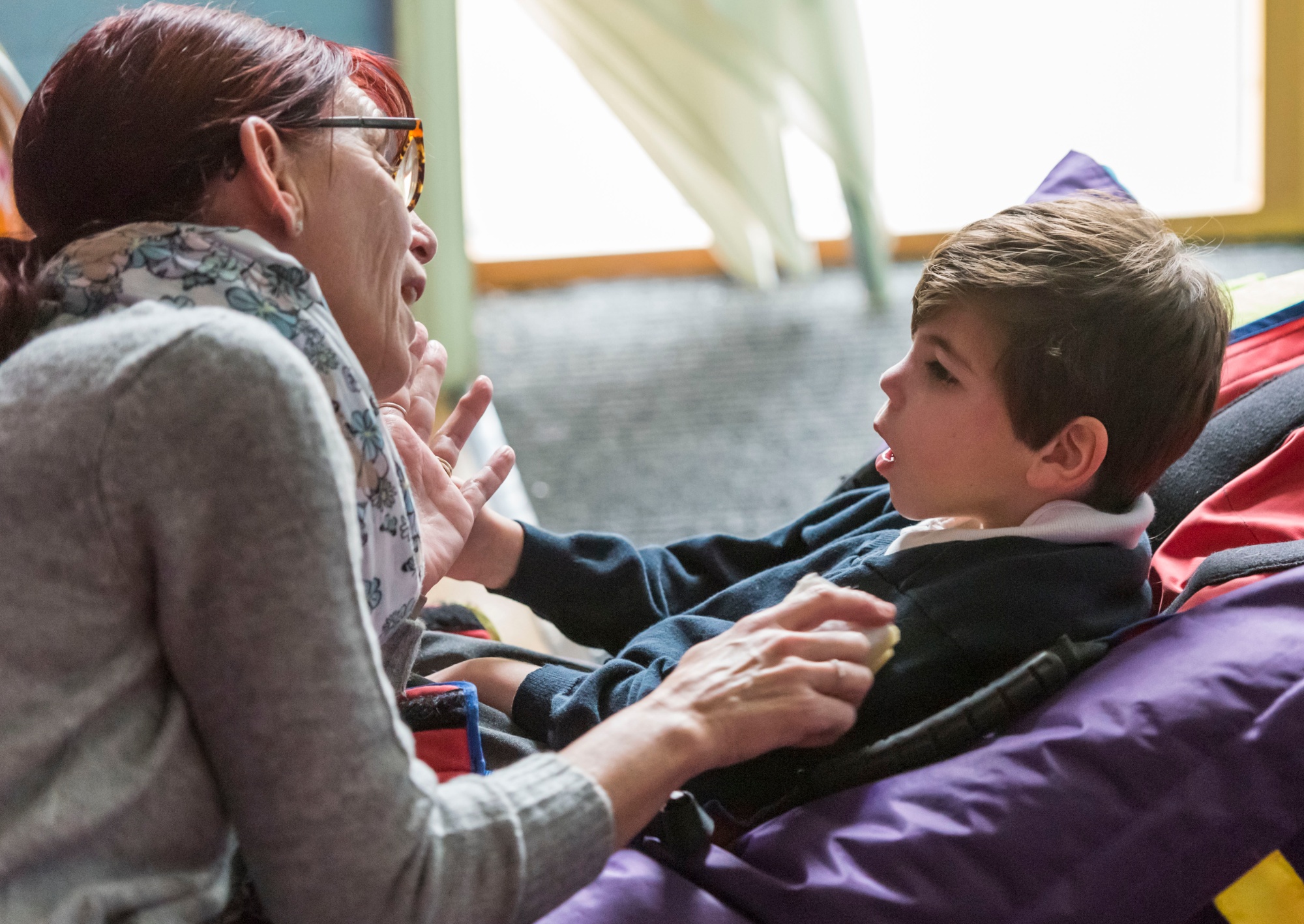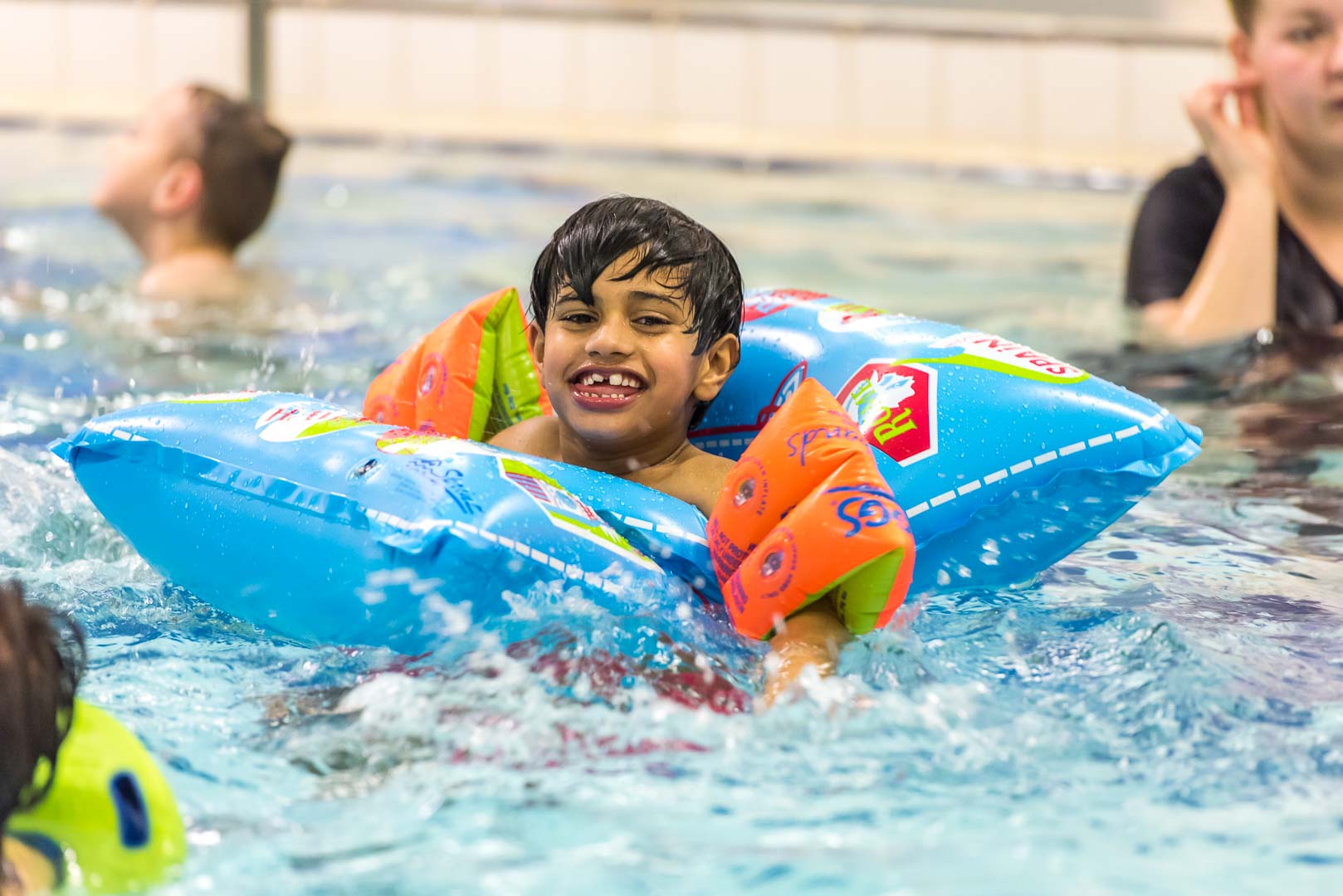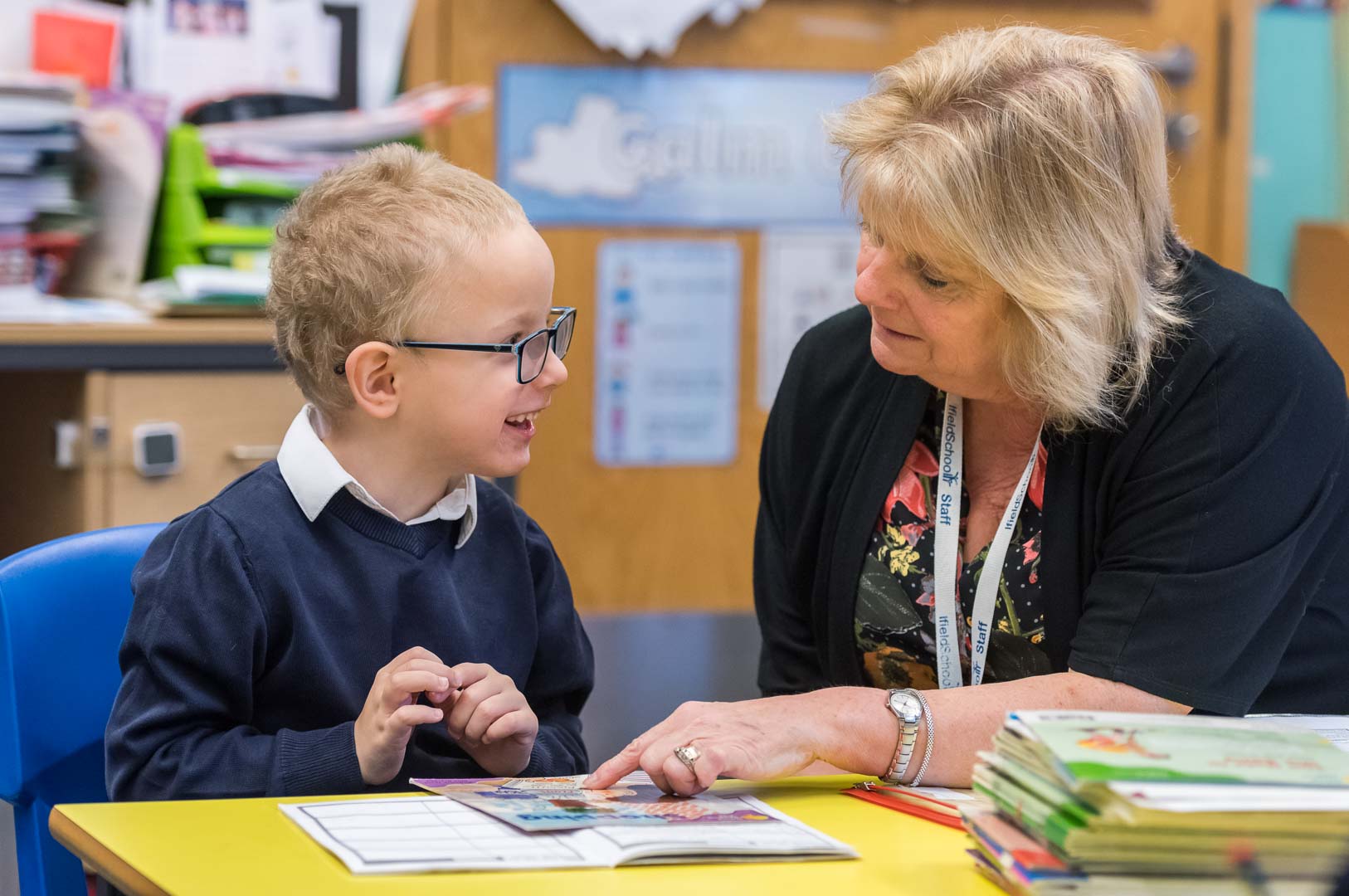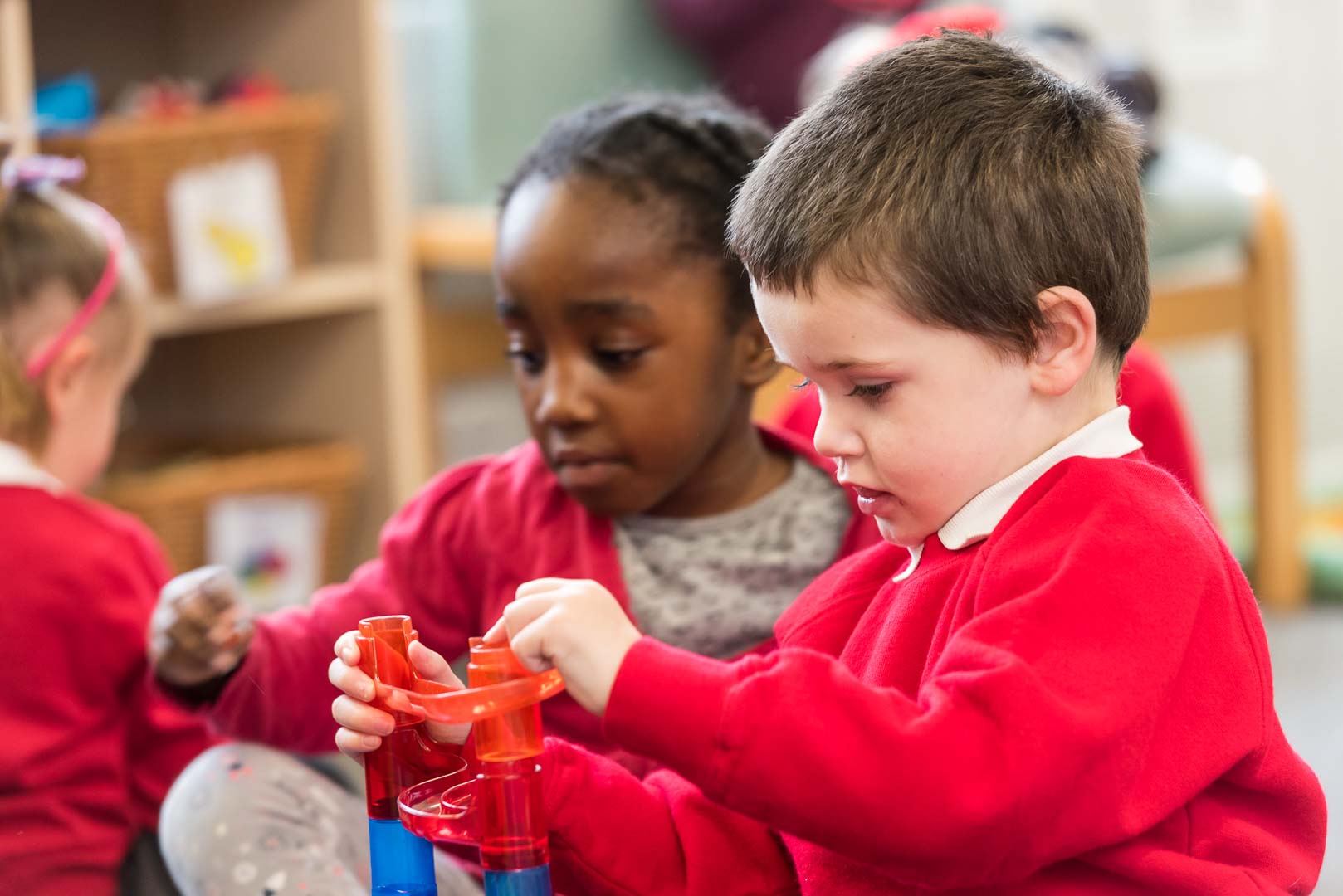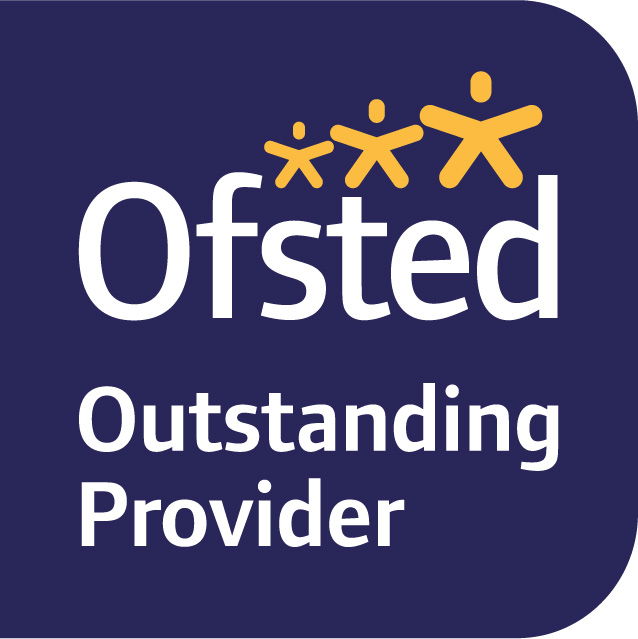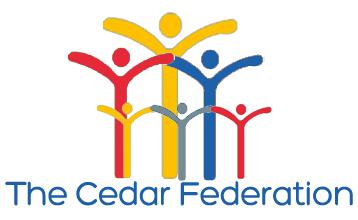Please find below home learning resources:
Maple Class- home Learning 25.1.21
|
Monday |
Tuesday |
Wednesday |
Thursday |
Friday |
|
English |
English |
Music |
History/Geography
|
|
|
Pe |
Maths |
Maths
|
Dance
|
Art |
|
PHSE |
PE enrichment |
Life skills |
DT |
Food tech/DT |
Choose the work that is appropriate for the ability of your child.
Take photos of your home learning please
Any sheets you complete- make sure you write the date on them and put your name on the back and bring them into school to show us your amazing work 😊
|
Monday |
|
Phonics
Phase 1: Walk around the house and the garden looking for things that begin with the sound ttt- can you collect them and either take a photo or draw and write a list of them. Resources: to support- visuals of t objects
Phase 2: Look at the new sounds f 1 letter that makes one sound Model this with the word fun Have a selection of words with a f at the start practice reading them. f-a-t fit fat fox fed fan Resource- f words
Phase 3: During Phase 3, the following tricky words (which can't yet be decoded) are introduced: practicing reading them and practice them throughout the week with your adult.
Resource- tricky words
Literacy- speaking and listening LO: To be able to sequence the main events of a story (The Mixed-Up Chameleon)
Recap the difference between fiction and non-fiction. During our English lessons this term we have been looking at non-fiction. This week, we are going to look at a fiction text-The Mixed-Up Chameleon. First ask what do they think this story will be about? A prediction – what clues are there?
Begin by looking at the pictures in the book under the visualiser. Ask literal and inferential questions about the pictures. Then read the story of The Mixed-Up Chameleon. Talk about the story as a class.
Group 1: Matching pictures from the book and talking about what they see Group 2: Sequencing the pictures from the story using the book for support.
Resources: pictures from the book and sequencing pictures.
Challenge Sequencing the pictures from the story from memory. Can you write key words under the pictures to describe what you can see/what is happening in the picture.
PE We have been really enjoying singing and dancing along to this in class. Sing and dance along with ‘The singing walrus greatest hits’ https://www.youtube.com/watch?v=fQN46xvrz7Y&vl=en
PSHE Try to think about how you are feeling at the moment and try to practice some quiet meditation. https://www.youtube.com/watch?v=56_8aK3cLEA
you could also try Cosmic kids the zen den https://www.youtube.com/watch?v=wf5K3pP2IUQ
|
|
Tuesday |
|
Phonics Phase 1: Walk around the house and the garden looking for things that begin with the sound ppp with your adult- can you collect them and either take a photo or draw them and write a list of them with support. Resources: to support- visuals of p objects
Phase 2: Looking at the sound ff Look at f words and ff words and discuss with your child. They sound the same but are spelt differently. huff puff stuff cuff fluff scruff fit fat fox fed fan Practice reading the words with your adult then try to copywrite these using your sounds to help. Resource - words 2 sets of f and ff words
Phase 3: You were reading them on Monday now practice copy writing them then try and write them when your adult says them out loud- without you looking.
Resource -tricky words
Literacy LO: To be able to write a diary entry.
Yesterday we looked at the story of ‘The Mixed-Up Chameleon’. Can you remember what happened in the story? What it a fiction or non-fiction text? What were the main events of the story? Who were the main characters?
We are going to write a diary entry from the perspective of the Chameleon. Watch the power point about writing a diary.
Show version of a Dear Diary example. We wrote diary entries in Term One where we write a diary about what we did during the summer holidays. Do you remember the important things to remember when writing a diary entry? Do we write in the first or third person? Past or present tense?
Activity
Challenge: Can you add thoughts and feelings to your diary? How did you (Chameleon) feel when you were at the zoo? How did you feel as the Polar Bear?
Resources: power point about a diary, Dear Diary example, Twinkl sorting past and present. Lined paper.
Maths
LO: To continue to use standard units (centimetres and metres).
Last week we looked at measuring using standard units in centimetres and metres. Today, we are going to learn how to use a ruler to measure more accurately in centimetres.
Can they find the numbers on the ruler? 5cm? Point and say the number. Remember to say cm as this is the unit that we are using to measure today.
Activity
Challenge: Make an estimate about what you think the length of the crocodile will be in cm. Measure the crocodiles and see if you were right or close. Write the answer in cm. Resources: variety of crocodiles to measure and compare.
Extra Challenge Can you compare the length of the crocodiles to something of a similar around the room? Support from an adult
PE Enrichment Watch and join in an exercise video on You Tube
Resources: Nature scavenger hunt
|
|
Wednesday |
|
Music See separate music lesson
Maths - length LO: To measure more accurately using standard units (mm).
Yesterday we looked at how to measure small objects in cm using a ruler. Recap what you did by getting your child to explain what they did.
Today, we are going to be measuring more accurately by using mm. We often use mm to measure even smaller objects or to be more accurate.
Looking at the ruler together highlight that the mm that are inbetween the cm on the ruler. Count as a class how many mm are in a cm.
Activity
Order from smallest to biggest- pupils to take their own photos with a post- it note with the measurement on it. (With adult permission of course) Use a magnifying glass to see the mm measurement if it is too small to see! Make sure they are using the correct measurement vocab.
Challenge Can you use your ruler to draw a line to the correct length in both cm and mm? Can you draw a line to 7mm? 5cm? 9cm? Have some mm lines for them to measure too with support. Resources: Snakes to measure - mm lines for them to measure
Life skills LO: To continue to learn how to use the telephone (being polite)
We are going to be looking at how to be polite on the telephone, including greeting somebody by saying ‘hello’ and saying ‘goodbye’ at the end of the conversation. Why is it important to say hello and goodbye? How could it make somebody feel if you put the phone down before saying goodbye? (Link to the Zones of Regulation). Model a polite and not so polite telephone conversation. Say whether it was polite or not.
Make a simple toy phone using two plastic cups or yoghurt pots and string. Have a successful conversation over the telephone, remembering to greet the person that you are talking to and by saying goodbye at the end of the conversation. |
|
Thursday |
|
Topic/Geography/Art LO: To begin to understand where animals live in the world.
Share ‘animals around the world’ PowerPoint. Explain do you know that not all animals live in England? Some animals live in different countries where it may be hotter or colder. Use a large map and see whether they can identify where on the map the different countries are with support Talk about why a specific animal may live in a certain country- hot/cold etc
Resources: world map, powerpoint,
Activity Collage the map. Why are parts blue? Green? Where do different countries go? When the map is completed use drawings of animal/ print some anima ls out or create 3D models of reptiles to place them on the map in the correct places.
Challenge Can you write a sentence about where an animal lives? Deserts, forest, grassland, water
Key Questions Why are some parts of a map blue?Why are some parts of a map green? Why do some animals live in warmer countries? Why do some animals live in cooler countries?
Dance LO: To respond to a topic - reptiles Warm your body up to your favourite dance tune. Create your own dance - thinking about the movements of reptiles. You could video yourself practicing it until you get it perfect- then send it in to school. |
|
Friday |
|
Phonics Interactive games on the Letters and Sounds website Phase 1,2,3 Choose a favourite game linked to your phase
Science LO: To be able to sort and classify animals (reptiles, amphibians and mammals).
This term we have been learning all about reptiles. We are going to see whether we can identify, sort and classify reptiles and animals. Share the animal classification song- Animal Classification Song | Science Songs - YouTube
Using what we have learnt from the animal classification song, discuss and list the difference between reptiles, amphibians and mammals as a class. Activity Have photos of different animals laid out on the floor or on a table at home. Can you identify all of the different animals? Sort the animals in to reptiles, amphibians and mammals. Resources: Pictures of different animals to sort.
Challenge Can you sort the insects, fish and birds too? Key Questions What is a reptile? Amphibian? Mammal? What is the difference between the different animals?
DT – continue with Art/DT project LO: To make a 3D model of a reptile (ongoing project) Discuss which is your favourite reptile and why.
Activity- continue Draw a picture/design a model and label the different parts of the reptile.
Explore the different types of modelling materials eg: clay, playdough, paper, Modroc, wire, paper straws etc to help them with their design. Take photos of your reptile.
Challenge Could you write a set of instructions for how to make your 3D model using time-connectives. First, then, next and finally. Food tech Help an adult make a tasty, healthy meal for the whole family. |


